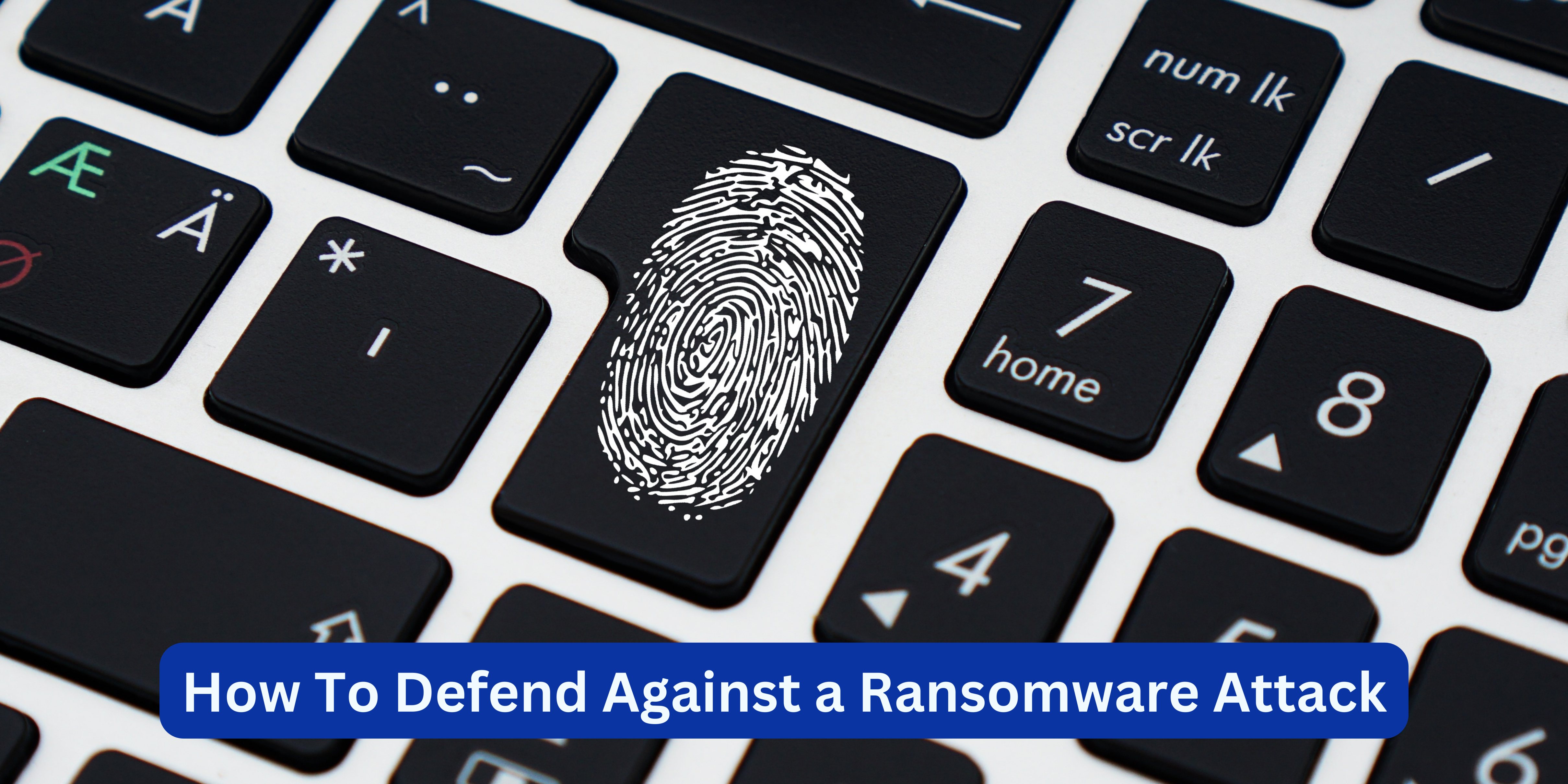How To Defend Against a Ransomware Attack
Cybersecurity
Steps to take to protect your organization from Ransomware attacks:
- Cyber risks such as ransomware, phishing, and social engineering can be taught to users. This aids them in the detection of malicious messages.
- You must ensure that your OS, firmware, third-party software, and anti-malware apps are all up to date.
- Data should be backed up regularly, and those backups should be double-checked. The single most efficient approach to recovering from a ransomware attack is to back up essential data.
- Only a few administrators should have access to sensitive information, and they should use long credentials with multifactor authentication.
- Create a BCP in case your company or organization is hit by ransomware.
- Consider purchasing cyber insurance coverage to assist you in covering any losses that may occur because of an attack.
- To secure the Remote Desktop Protocol, organizations should implement all the necessary configurations.
- Email filters will aid in the detection of harmful code and the quarantining of dubious emails.
Signs of a Ransomware Attack:
If you suspect that you have ransomware on your device, here are some signs:
- Your device will not power on, or you will see a blank screen with only the word “Ransomware” displayed on it.
- You will notice that one or more files on your computer have been encrypted and you will not be able to access them.
- You will receive an email saying that your files have been encrypted and you need to pay $300 USD to get them back or risk losing them forever.
- You find an email claiming to have received a message from someone claiming to have received instructions on how to access your files if they were encrypted by ransomware.
How to Respond to a Ransomware Attack?
In this tutorial, we will cover how to respond to a ransomware attack and what you should do after the attack has finished.
1. Isolate the device
If you are infected, your device might be encrypted and unusable. You must isolate it from the network to prevent the spread of your data.
2. Inform authorities
Report the incident to local law enforcement and security departments. They will be able to assist you in recovering data and investigating the incident further. They can also take the necessary actions to prevent further damage to your device and data.
3. Find out who is patient zero
Because ransomware can be spread via malicious emails or attachments, it's critical that you understand how this attack began on your system as well as its source(s), also known as patient zero.
4. Use decryption tools
There are several tools available online which can help decrypt files encrypted by ransomware infections like Locky or TeslaCrypt. You can use these tools without paying any ransom fee and get back all your important data in no time!
5. Stop maintenance activities
It's important not only to stop all maintenance tasks on infected computers but also to completely disable all processes running in memory until further notice—even if those processes don't seem like they're doing anything harmful themselves!
6. Securing backup
An important aspect of protection is ensuring that your backup copies are kept offline, offsite, and encrypted. This will ensure that even if you lose access to the original data, there will be no way for anyone else to access it.
However, while encryption is essential in protecting backups from being accessed by attackers, it's not a substitute for prevention—and it should not be considered as such.
7. Find out which ransomware strain you are hit by
It’s better to recognize the ransomware strain to know whether your files can be decrypted without paying the ransom.
You must take a screenshot of the ransomware note left by the criminal and one of the encrypted files and upload them to some online ransomware identification tools to identify the ransomware strain.
If it’s a positive match with one of the strains available in the identification tool, you can decrypt the files easily.
8. Inform the authorities if you have paid a ransom
If you have paid the ransom or decided to pay the ransom, it's important to inform your local law enforcement agency. In addition, if you believe that you are still infected with ransomware after paying the ransom and need help recovering the files, please contact the Internet Crime Complaint Center (IC3).
Conclusion:
Some victims pay a ransom and obtain a key, while others pay but never receive one. MSPs are aware of the dangers of ransomware and understand the importance of having a strategy in place to respond to an attack if they have a victimized customer. Contact us if you want to learn more about how to protect yourself from ransomware attacks.
